How to get rid of spiders is not that hard to accomplish for your home. Spiders are beneficial to our environment. They often prey on insects around your home such as mosquitoes, fleas and flies. However, beneficial are not, you do not want to share your home with the arachnids and their messy webs. We will discuss how to prevent spiders from getting access to your home and identifying the two most dangerous spiders in United States.
When Spiders Become Dangerous?
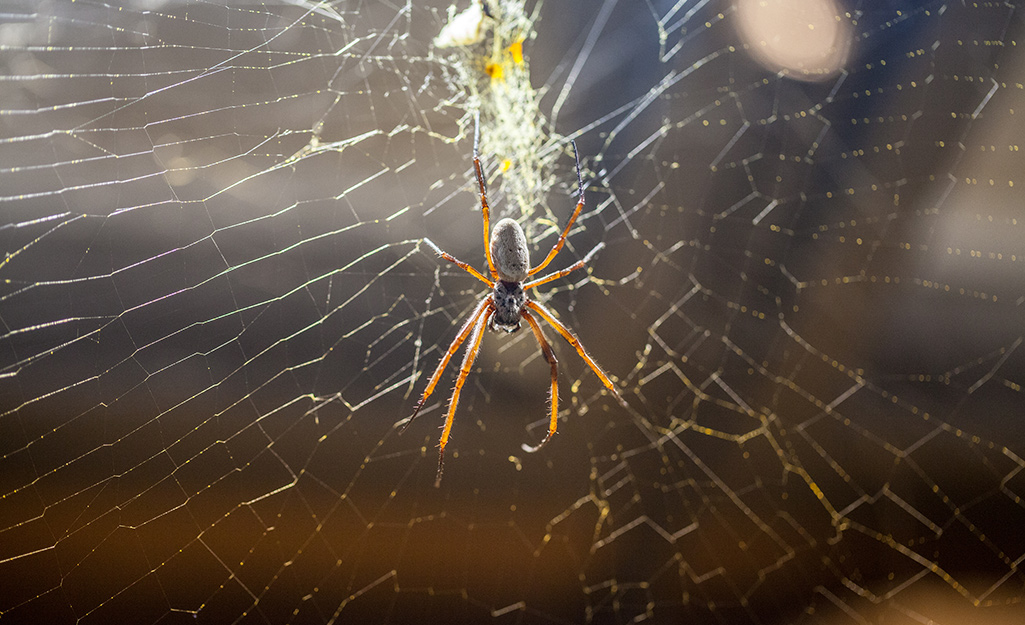
Spiders can be beneficial in the yard or garden by keeping the insect population down, particularly ones that can spread disease, such as mosquitoes, flies, fleas and roaches. In addition, spiders are even known to kill and eat other spiders.
- Spiders breed throughout their life cycle and just one spider egg sac can contain anywhere from 100 to 3,000 eggs. If the egg sac hatches inside the house, you may wind up with a population of spiders making themselves at home.
- Different from numerous insects and household pests, spiders cause no permanent structural damage, and the majority of don’t cause any type of health threat. The majority of types in North America do not bite until threatened. Although rare, their spider bites can cause a skin reaction on some individuals.
- With the 1000s of arachnid species, there’s only 2 that are both dangerous and aggressive to people: the brown recluse spider and the black widow spider.
Safety: If you suspect you’ve received a black widow or brown recluse spider bite, seek medical attention immediately.
How Identify a Black Widow

Black widow spiders can be identified through the following traits.
- Where climates are warm you will have black widows.
- You can find them in the attic, basement and closets.
- Varieties that are black with red hourglass or found in southern regions.
- Varieties that are black or dark brown with rows of spots (red, yellow or white) down the middle of the abdomen are found In Northern regions
- Black widows have a painful bite that attacks the nervous system.
- Bite symptoms are usually present within the hour and often consist of extreme muscle cramps, abdominal pain, tiredness and shaking. They also can include nausea, vomiting, faintness, wooziness, chest pain and trouble breathing.
- Request medical help after you’ve been bitten by a black widow. Listed here first aid procedures can relieve symptoms and stop infection in the short term: Wash the bite wound with soap and water; raise the location; and apply a cold washrag or ice bag to the area
How to Identify Brown Recluse Spiders
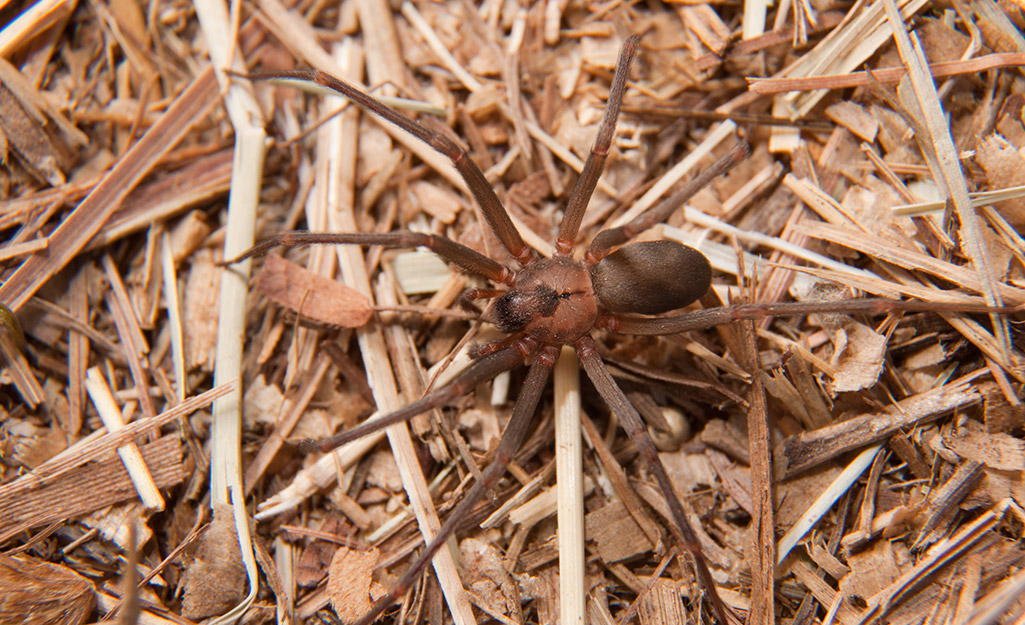
Brown recluse spiders have distinct traits to help identify and how to get rid of brown recluse spiders.
- Brown Recluse are found in warm climates mostly in southern parts of states
- Brown Recluse can be found in shoes, attics, clothing, sinks, in wood piles and areas where they are not disturbed.
- They have a violin shape on the back of their head and come in tan to dark brown colors.
- Their bite is highly toxic which can cause damage to the skin and tissues.
- Bits can cause nausea, vomiting, itching and muscle pain. Symptoms can emerge after 6 hours.
- Request medical help after you’ve been bitten by a black widow. Listed here first aid procedures can relieve symptoms and stop infection in the short term: Wash the bite wound with soap and water; raise the location; and apply a cold washrag or ice bag to the area.
How to Get Rid of Spiders in the House
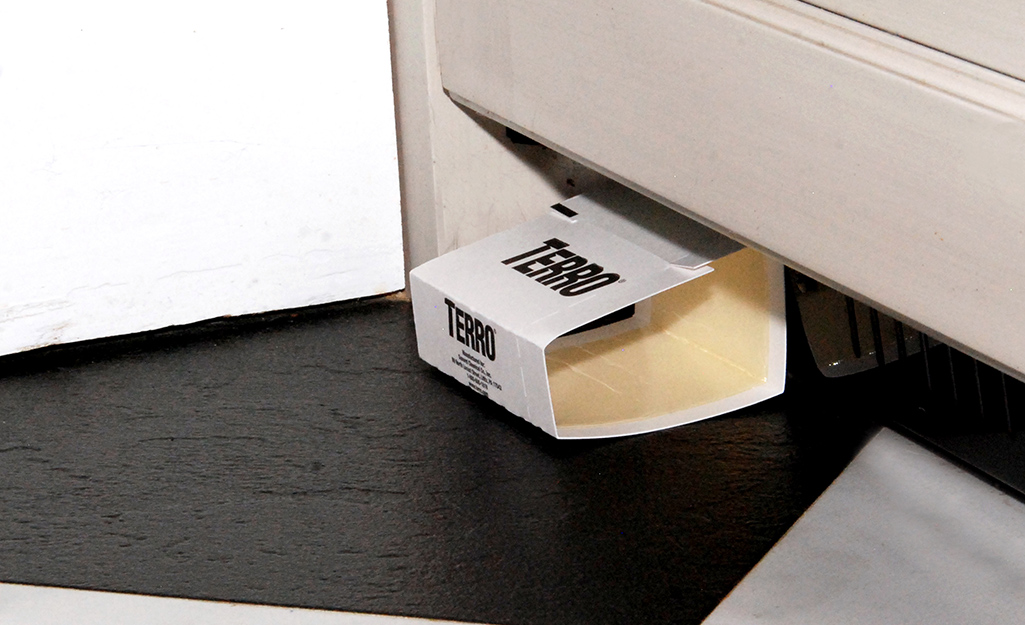
There are a number of effective, lethal methods of indoor spider control.
- Spider traps are an effective way to getting rid of spiders. Foggers are not effective for spider control. Natural remedies such as essential oils may deter spiders.
- Glue boards may be effective against spiders as long as the numbers are not of infestation. They are very cost effective and is the natural pest control category.
- Aerosol spider sprays can be effective but will leave residues on floor and baseboards. This technique is not kid and pet friendly.
- Natural spider repellent is a natural way to fend off spiders but comes at a higher cost and multiple applications. The upside is it’s safe for kids and pets.
Natural Spider Repellents
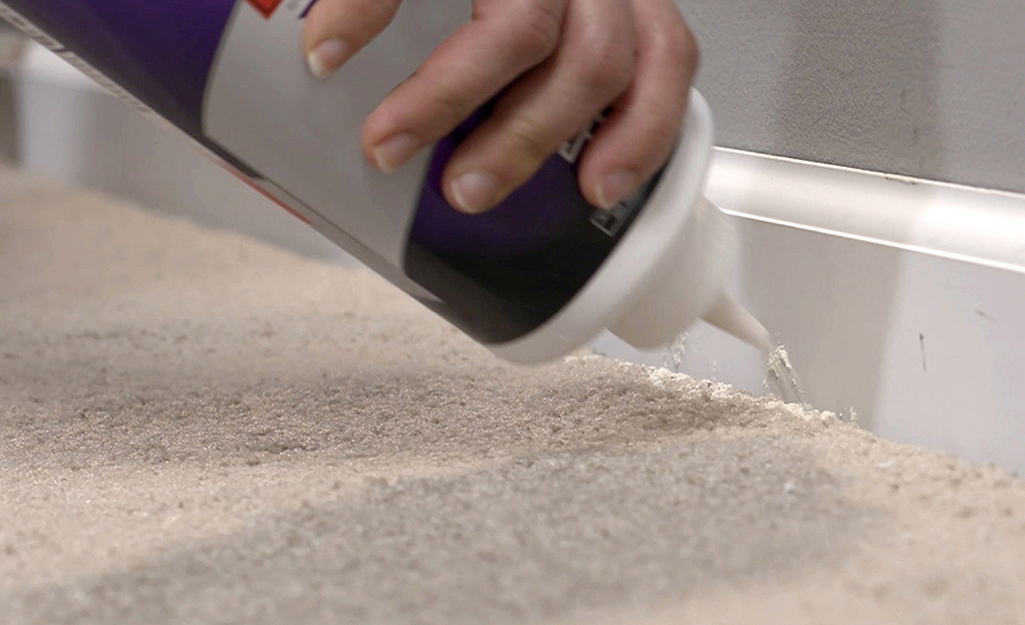
If you like natural repellents, then consider a few alternatives to toxic pesticides such as these:
- Diatomaceous Earth: Spiders skin can dry out and become lacerated which cause dehydration. Place DE in hard-to-reach areas and away from children and pets. You can also dust the exterior of the home such as doorways to keep spiders from coming in.
- Peppermint oil: Spiders hate the smell of peppermint and will relocate away from the scent. Use cotton balls to place in corners where spiders live. 20 drops of peppermint oil to 32-ounce spray bottle filled with water. Spray mixture into corners for best results. Eucalyptus oil acts the same way as peppermint oil.
- Vinegar: Vinegar has an acetic acid which burns the spider. Mix equal with water and white vinegar.
- Baking soda, lemon juice with a tobacco will also help get rid of spiders.
Safety: When applying diatomaceous earth, always read the label. Do not place on open counters spaces where it is accessible to dishes, children or pets.
Other Natural Spider Repellents
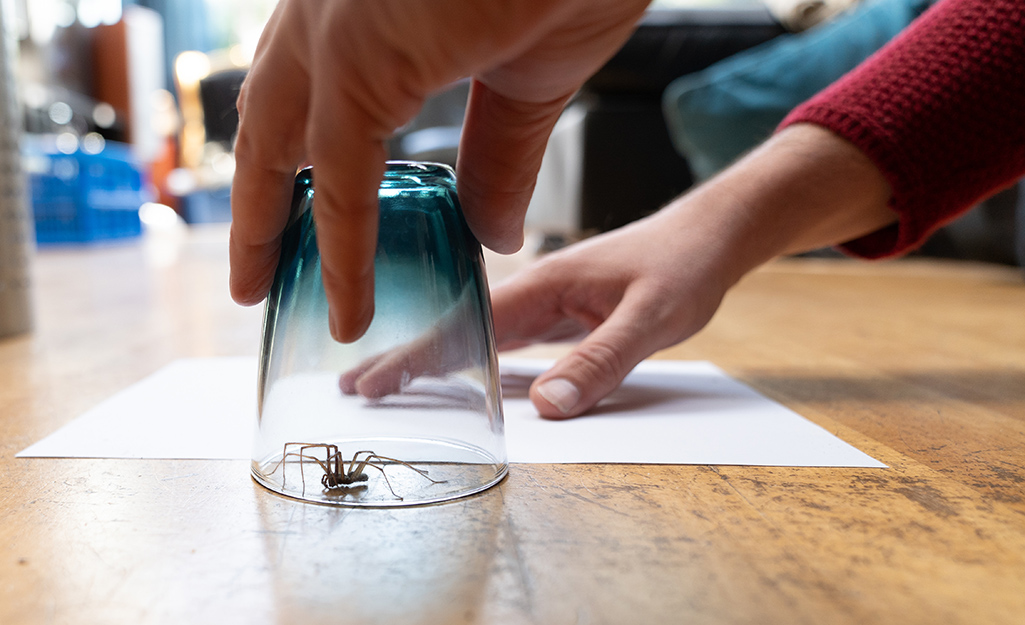
Some of the best ways to keep nonvenomous spiders from getting into your house is applying these tips:
- If you like pets, cats are idea for hunting and keeping spiders at bay.
- The force of a vacuum cleaner suction is enough to kill a spider instantly. Use a vacuum cleaner regularly.
- One way to get the spider back to its environment where it does us all good is to place a cup over the spider and slide paper under the cup and take the spider back to its habitat. However, before you do this, make sure you identify what you are trapping to avoid being bit by a brown recluse or black widow.
Safety: If you identify a brown recluse or black widow you should immediately kill it if it is in your home. The damage it causes to you could be permanent or death.
Prevention Methods for Spiders
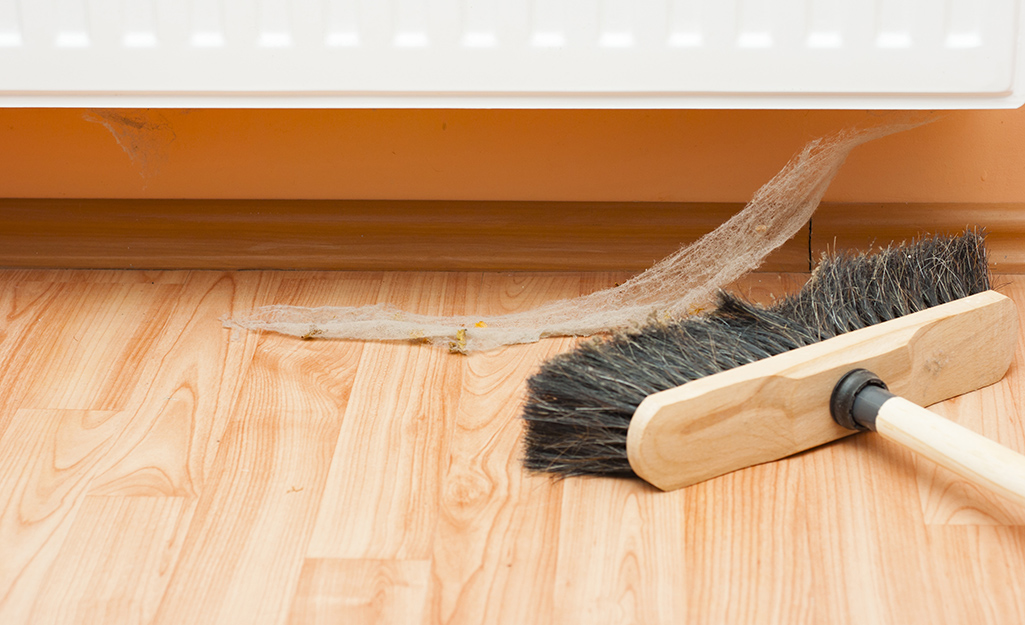
Preventive measures to rid your home of spiders requires maintenance that removes flies or roaches. Spiders prey on these insects for survival. If your home has these then you are most likely to have spiders.
- Make sure you keep a tidy house. A clean house eliminates spider hiding places.
- When cleaning, be sure to remove spider webs and egg sacs. One egg sac can produce up-to 300 spiders.
- Make sure to seal food into containers. If not, you will attract roaches or ants. If you attract those, then spiders will follow. Spiders like insects.
- A cluttered house will give spiders plenty of hiding places. Under cloths, books and just junk laying around.
- Use the appropriate pesticide to battle your spider problem if necessary. Truly Green Pest Control offers natural treatments for your home. Go natural as possible.
There are preventative measures for outdoors to keep spiders out of your home.
- Look for entrances on the structure of your home. Places like window seals door sweeps and dry ducts.
- Use caulk around pipes, wires, faucets and electrical wiring that come into your home.
- Make sure screens in windows are fixed and doors seal tightly.
- Use a yellow low sodium light. Low lighting will not attract a buffet of pest that spiders can enjoy. Less bugs around the lights less spiders to enter your home.
- Trim bushes and shrubs at least 8 ft from your home. Trees, shrubs, and ivy is a coverage for insects of all kinds. Spiders depend on bad landscaping to help harbor their food.
Spiders have a combination of indoor and outdoor spider control. If you follow the above tips, you will be successful in keeping spiders out of your home. You will be able to identify the dangerous spiders and replace the non-venomous spiders back to their environment.